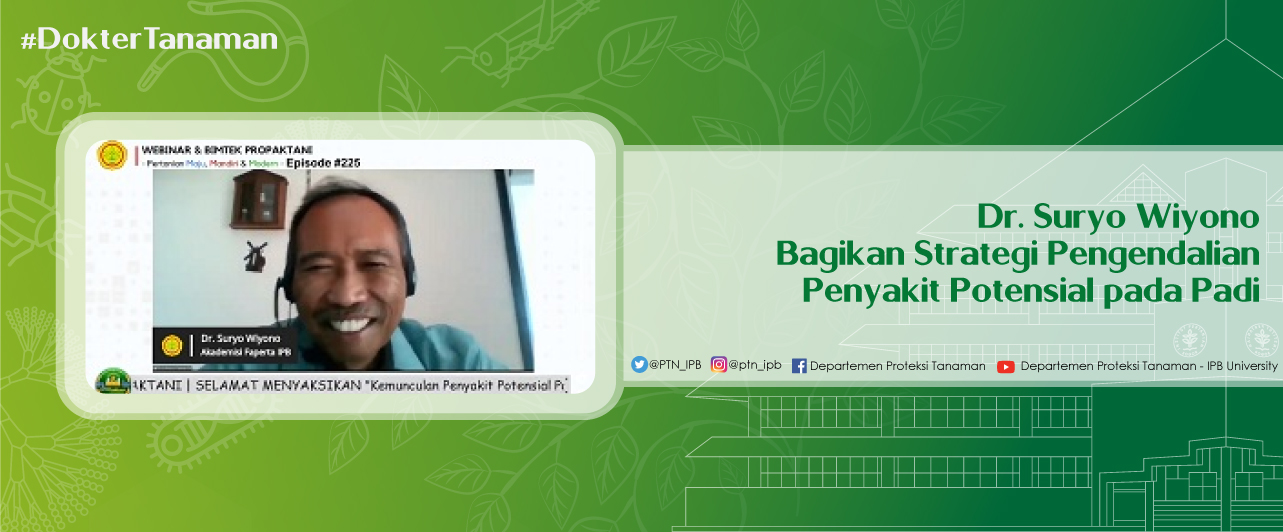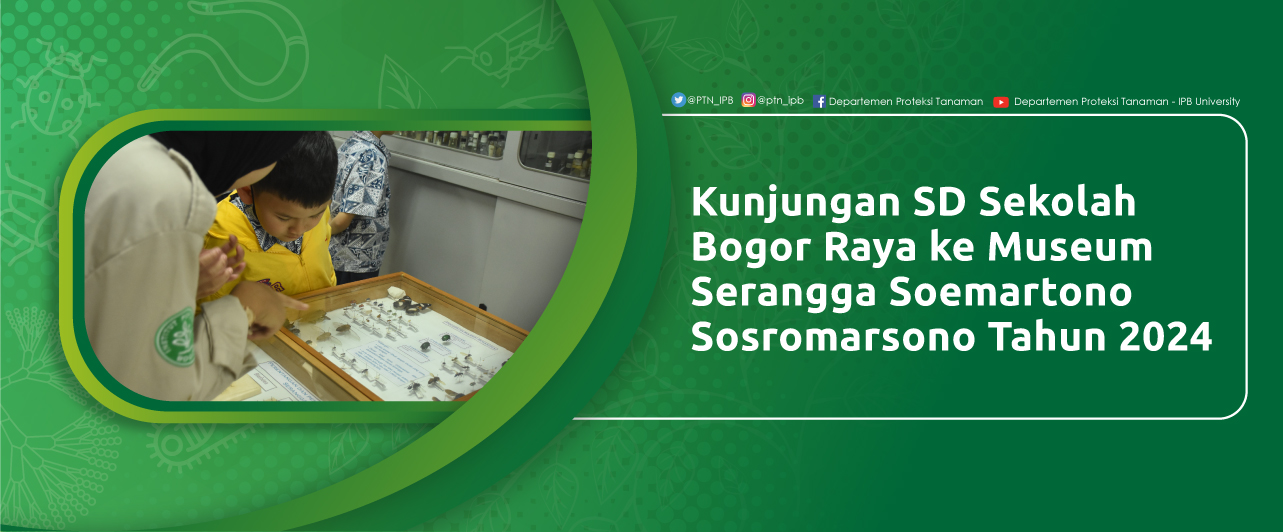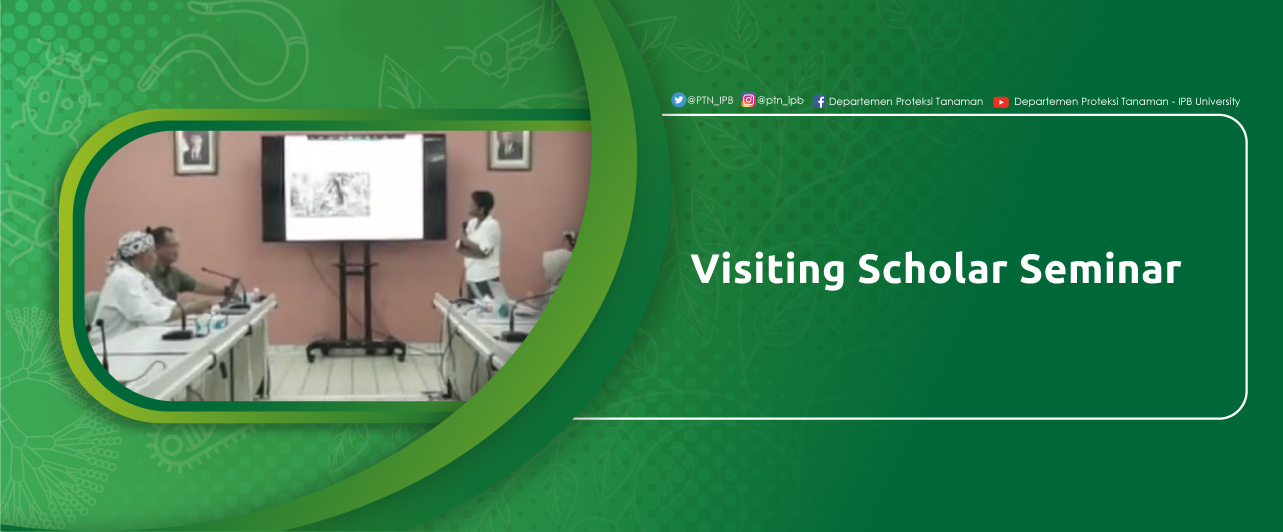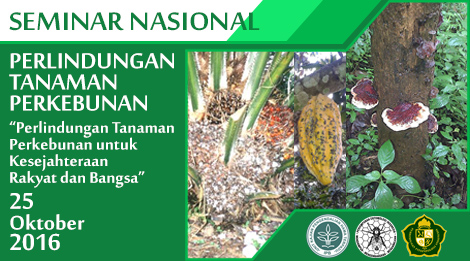
Dr. Suryo Wiyono Shares Potential Disease Control Strategies in Rice
Rice plants are still susceptible to various diseases. Along with the complexity of the impacts of climate change, farmers must be good at strategies to control potential diseases.
Dr. Suryo Wiyono, IPB University lecturer from the Faculty of Agriculture said that potential diseases in rice plants must be anticipated immediately. This is related to the emergence of blast disease in the 90s.
According to him, the trend of five-year data based on the Center for Data and Information of the Ministry of Agriculture (Pusdatin Kementan), blast disease in rice on average is increasing although recently it has decreased. So updating knowledge is very important because the old control strategy will not be able to overcome the problem of increasingly changing diseases.
“The increasing potential for new plant diseases is caused by several factors. One of them is the entry of pathogens into Indonesia due to international trade. Not to mention the genetic changes in pathogens and host plants," he said in a Webinar and Bimtek Propaktani entitled "The Emergence of Potential Diseases in Pajale Cultivation" held by the Directorate General of Food Crops, Ministry of Agriculture, Monday (06/12).
He added that changes in cultivation techniques in the last 40 years have also affected plant resistance. Both from the use of plant varieties, the use of pesticides to fertilizers for planting frequency. The increasingly uncertain climate change is also a factor causing changes in the status of plant diseases.
"It is predicted that rice plant diseases that will increase include bacterial grain rot, midrib rot and narrow brown spots. The increase in the disease is allegedly going to occur, especially in the rainy season," he added.
According to him, this disease is very worrying. When endemic occurs, farmers can lose high yields, especially in the reproductive phase of the pathogen. The disease also affects the decline in rice yields.
He also presented a medium-term plant disease control strategy. Among them by reducing selection pressure by using ecological cultivation technology. It is also recommended to monitor the extent of the attack and its severity.
“The data analysis carried out must pay attention to deviations or unusual symptoms. Another strategy is to monitor genetic variations of important phytopathogens and zeroing in seed importation," he added.
The short-term form, he continued, is by optimizing fertilization. As well as increasing the resilience of the plant ecosystem. Immunization of plants is enhanced by using immune-promoting microorganisms or by organic materials such as rice straw and manure.
“What needs to be emphasized is the importance of minimizing the use of pesticides. Based on history, the more intensive use of pesticides has actually reduced rice resistance, especially in blast disease," he said.
According to him, the use of organic materials such as straw can reduce the use of synthetic fertilizers by up to 50 percent. This technology of using straw is an anticipation of the shortage of fertilizers but still produces high rice productivity. Plant resistance is also still strongly influenced by the use of herbicides. (MW/Zul) (IAAS/MFR) – IPB News
#DokterTanamanIPB # WebinarPropaktani #PenyakitPadi #PTNkeren #IPBuniversity









.jpg)